The nature of thought remains one of philosophy’s greatest mysteries, with deep implications for neuroscience and artificial intelligence.
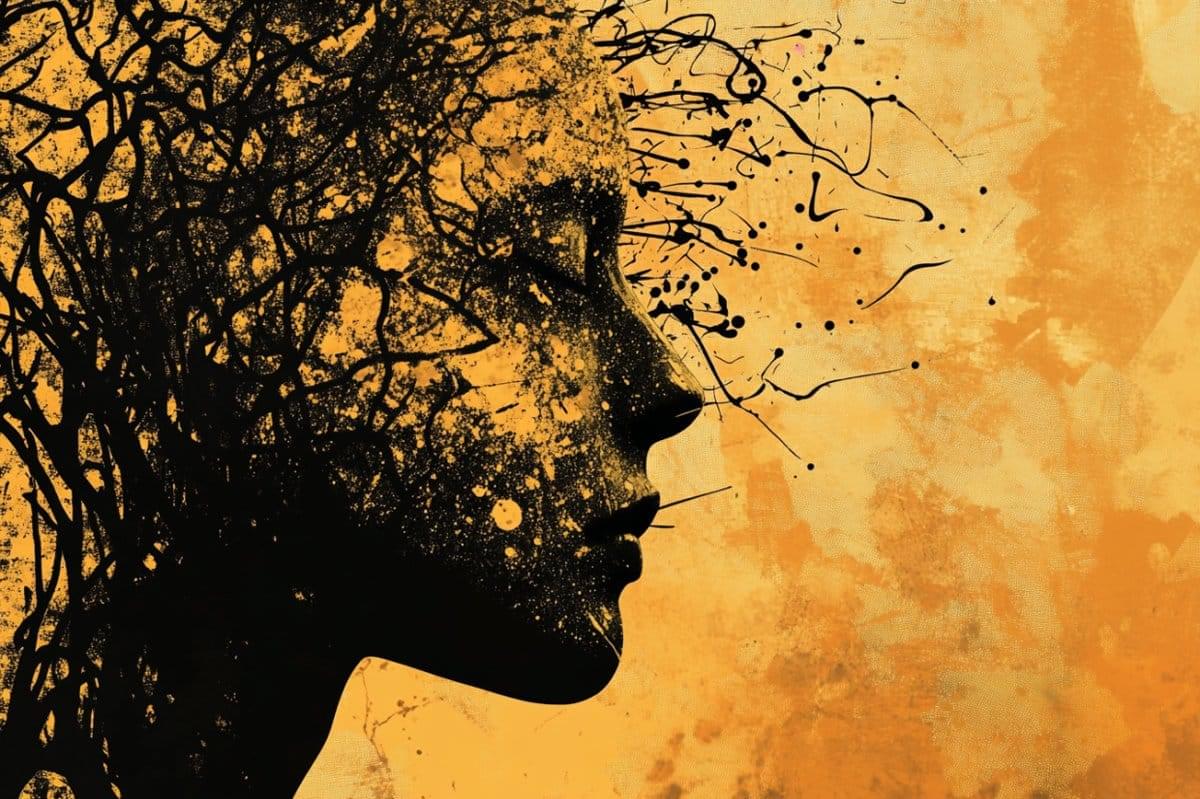

In this episode of the Neural Implant Podcast, we’re joined by Nathan Piland, CEO of Nunex, a consulting firm that specializes in helping MedTech companies navigate the complex journey from concept to commercialization. With over two decades of experience across regulatory strategy, product development, and market access, Nathan shares invaluable insights into the critical steps for MedTech startups and established companies looking to succeed in today’s competitive landscape. Tune in as we discuss the unique challenges of the neurotech industry, strategic consulting for MedTech ventures, and how Nunex is helping companies grow and scale through a holistic, tailored approach.
Top 3 Takeaways:

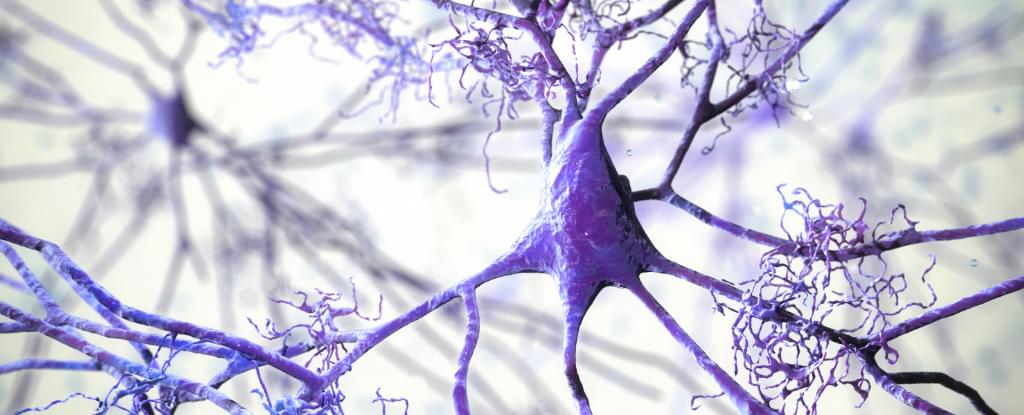
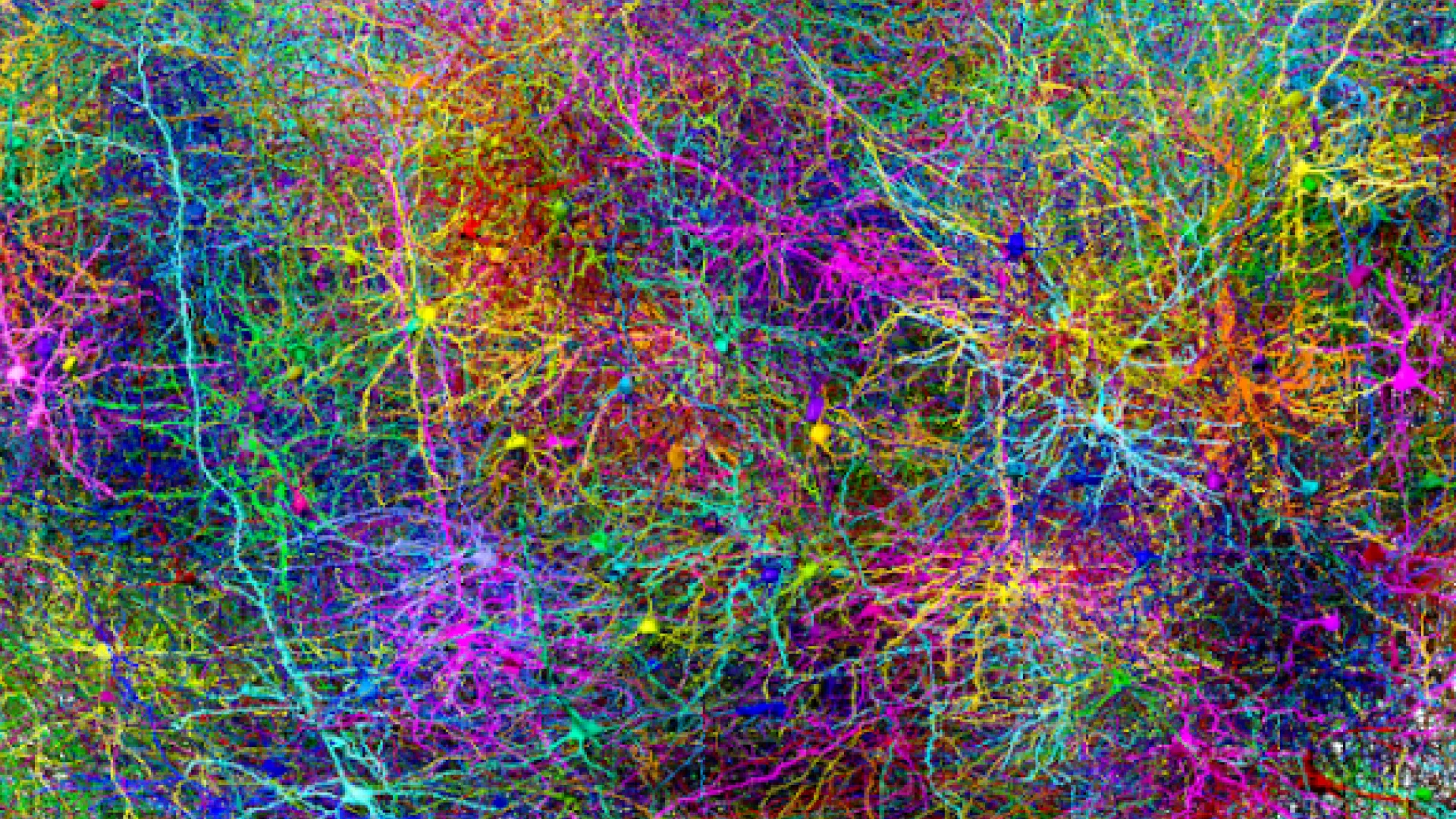
A revolutionary blueprint is emerging from a fragment of brain tissue, promising new insights into the mysteries of the human mind. At the heart of this innovation is NEURD—short for “NEURal Decomposition”—a groundbreaking software package developed by researchers at Baylor College of Medicine.
With NEURD, the time-consuming process of mapping the intricate “street map” of brain connections is being transformed, enabling faster error detection and data corrections that pave the way for discovery.
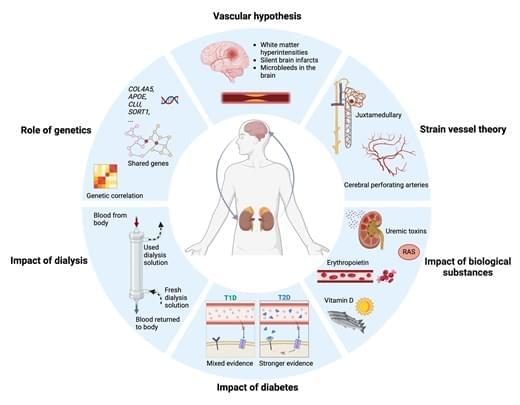
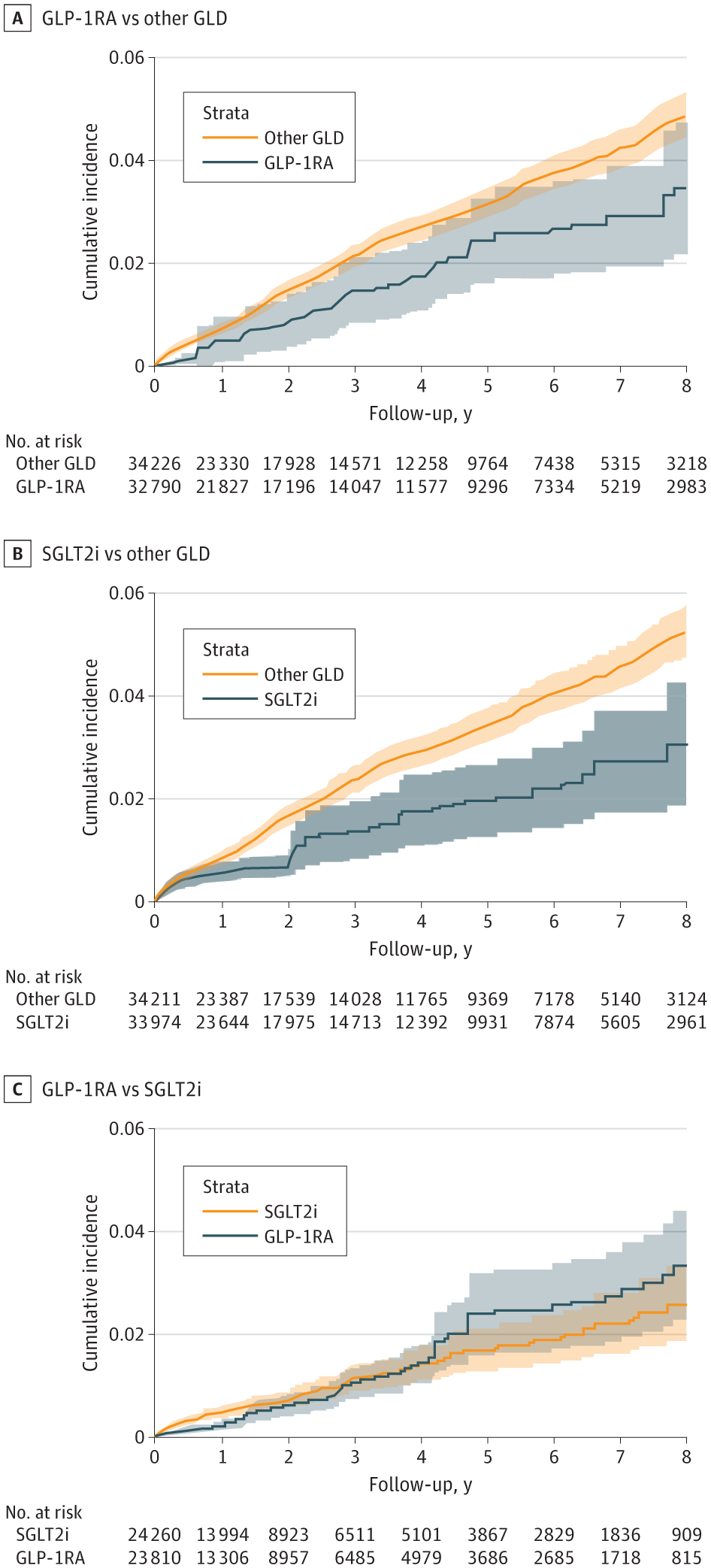
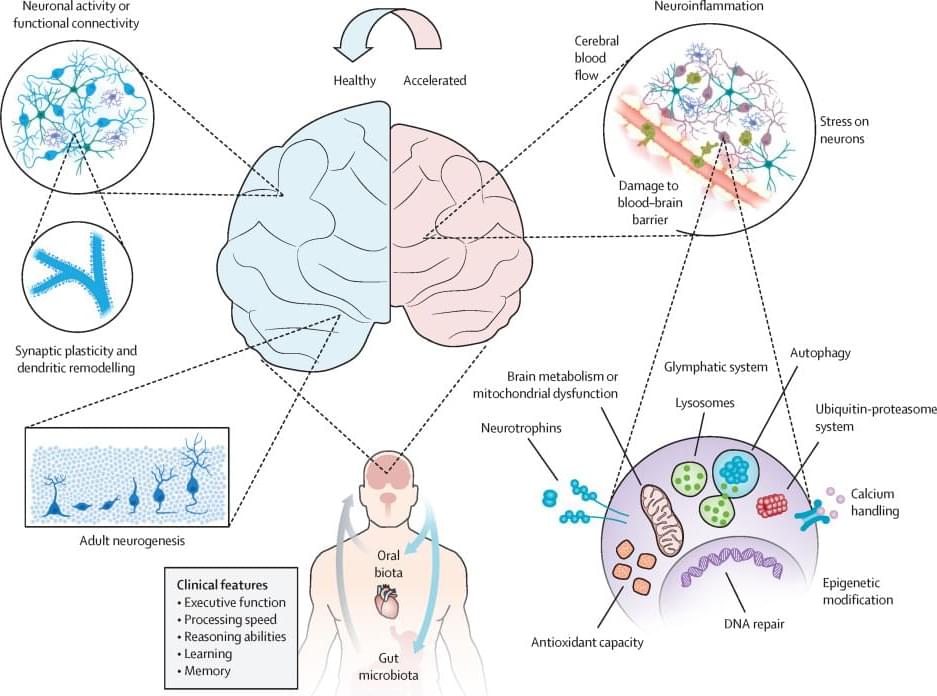
Ageing is a scientifically fascinating and complex biological occurrence characterised by morphological and functional changes due to accumulated molecular and cellular damage impairing tissue and organ function. Ageing is often accompanied by cognitive decline but is also the biggest known risk factor for Alzheimer’s disease, the most common form of dementia. Emerging evidence suggests that sedentary and unhealthy lifestyles accelerate brain ageing, while regular physical activity, high cardiorespiratory fitness (CRF), or a combination of both, can mitigate cognitive impairment and reduce dementia risk.
How did complex systems emerge from chaos? Physicist Sean Carroll explains.
Up next, The Universe in 90 minutes: Time, free will, God, & more ► https://youtu.be/tM4sLmt1Ui8
How did life on Earth originate? Scientists still aren’t sure, and this remains one of the world’s most fascinating and mind-boggling mysteries.
One way of approaching the question is to think generally about how complex systems emerge from chaos. Since the 1800s, scientists have known that entropy is always increasing, with everything in our Universe trending toward disorder over time.
A more nuanced understanding of entropy is helping today’s scientists make progress on the question of the origin of life, as Sean Carroll explains in this Big Think video.
Read the video transcript ► https://bigthink.com/series/great-question/entropy-origin-of-life/
